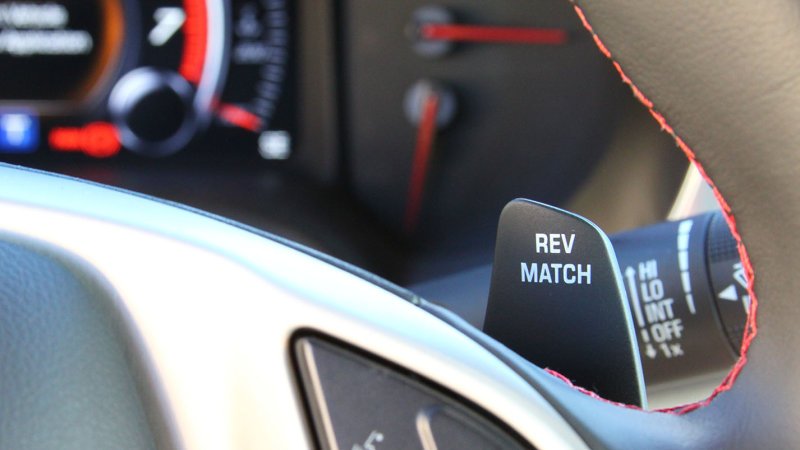Is the Skill of Rev Matching Being Lost to Computers?

The usefulness of rev matching in street driving is limited most of the time – aside from sounding cool and impressing your friends. But out on a race track or the occasional fast, windy road, its benefits are abundantly clear.
While in motion, the engine speed and wheel speed of a vehicle with a manual transmission are kept in sync when the clutch is engaged (i.e. when the clutch pedal is not being pressed down). However, when changing gear, that mechanical link is severed briefly, and the synchronization between the motor and wheels is broken. When upshifting during acceleration, this isn't much of an issue, as there's typically not a huge disparity between engine speed and wheel speed as a car accelerates.
But when slowing down and downshifting – as you might do when approaching a corner at a high rate of speed – that gap of time caused by the disengagement of the clutch from the engine causes the revs to drop. Without bringing up the revs somehow to help the engine speed match the wheel speed in the gear you're about to use, you'll typically get a sudden jolt when re-engaging the clutch as physics brings everything back into sync. That jolt can be a big problem when you're moving along swiftly, causing instability or even a loss of traction, particularly in rear-wheel-drive cars.
So the point of rev matching is to blip the throttle simultaneously as you downshift gears in order to bring the engine speed to a closer match with the wheel speed before you re-engage the clutch in that lower gear, in turn providing a much smoother downshift. When braking is thrown in, you get heel-toe downshifting, which involves some dexterity to use all three pedals at the same time with just two feet – clutch in, slow the car while revving, clutch out.
However, even if you're aware of heel-toe technique and the basic elements of how to perform a rev match, perfecting it to the point of making it useful can be difficult. Just finding an ideal venue to practice rev matching can be a trying endeavor – rapidly decelerating from high speeds on a race track is not exactly an ideal time to try out a new driving method that draws your attention away from more important tasks like slowing down properly and turning in at the right time.
But in recent years, companies like Nissan, Porsche, BMW, and General Motors have incorporated electronically assisted rev matching features into their high-performance manual offerings. Purists might scoff at the notion, but these systems never screw up – you get a perfectly rev-matched downshift every time you ask for it, and no matter how you slice it, that allows the driver to focus their concentration on other elements of going fast.
Chevrolet's incorporation of rev matching on models like the Corvette Z06 is among my personal favorites, as the feature can be toggled on and off effortlessly from the paddles on the steering wheel. This allows you to enable or disable the feature on the fly without fumbling around with any switchgear on the center console or making sure you're in the right driving mode to enable it, as is the case with some other manufacturers' implementation of the technology.
But many people opt for manual transmissions because they're looking for as much involvement in the driving process as possible, and letting the car's electronics have some of the fun might be a bridge too far.
